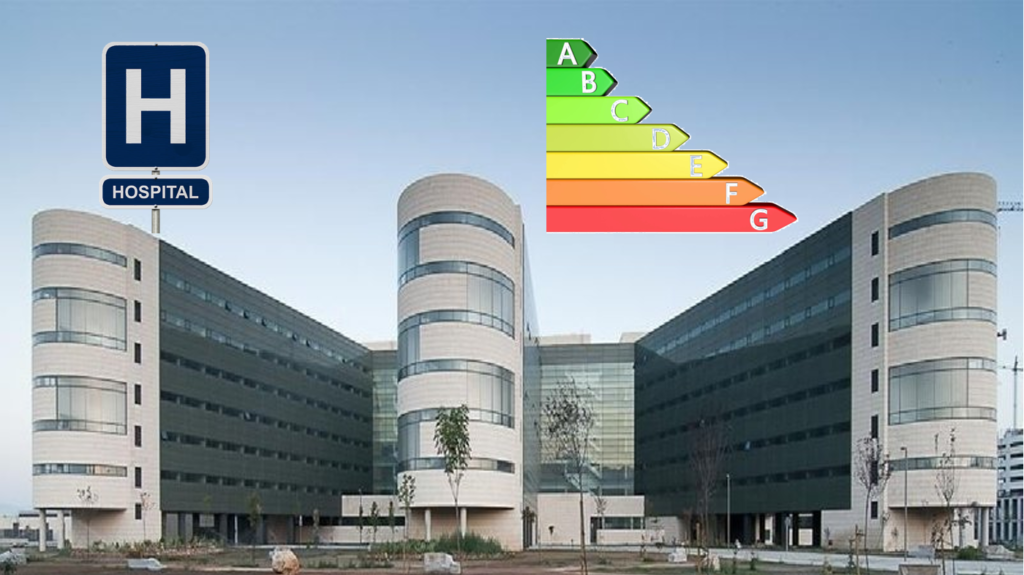Energy consumption in hospitals

Support tools for improving energy efficiency in hospitals
Hospitals consume a great amount of energy mostly due to their continuous energy consumption needs, high consumer medical equipment, and special requirements of thermal and air conditions. However, an existing research gap is still observed in this large scale building sector. Understanding better these buildings helps to design more specific energy saving strategies, a more efficient economic investment for energy retrofitting of existing buildings and a better management of economic energy cost in large-scale buildings.

The outstanding results are:
- To understand better this field, we have presented a comprehensive analysis of the most important results today on energy efficiency in building sector. A horizontal and selective assessment of their suitability according to a descriptive set of qualitative comparison contexts and parameters is provided. See the paper “Suitability analysis of modeling and assessment approaches in energy efficiency in buildings” (https://doi.org/10.1016/j.enbuild.2017.12.002).
- Reliable dynamic simulation is a chimera because of the complex design and behavior of these buildings. Therefore, monitoring-based methods arise as a plausible alternative. Its main drawback, however, is the lack of enough data to generate statistically robust models. We are facing this problem thanks to the helpful contribution of a hospital in Granada (Spain) which was able to generate daily data of electrical energy consumption for a period of six years. Besides, thirteen variables that summarize the daily activity of the hospital are also included. The results show how machine learning techniques generate models that accurately predict the electrical energy consumption with an average daily error of 3.8%. See the paper “Energy Consumption Modeling by Machine Learning from Daily Activity Metering in a Hospital” (https://ieeexplore.ieee.org/document/8247667).
A consortium of partners from academy and industry is collaborating in this field to create a tool to provide large institutions involved in energy efficiency programs with information on the medical center’s ideal energy consumption in different scenarios and on the most appropriate energy reduction plan for the medium-long term. All the knowledge acquired by the consortium is being embed in a user-friendly software prototype that will make the theoretical results available to not highly skilled staff. More information at http://steer.ctadventure.com/. null
Period
December 2014 – Present
Researchers
Jorge Casillas, Elena Ruiz
Collaborators: R. Pacheco-Torres, C. Koulamas, A.P. Kalogeras, L. Ferrarini,





